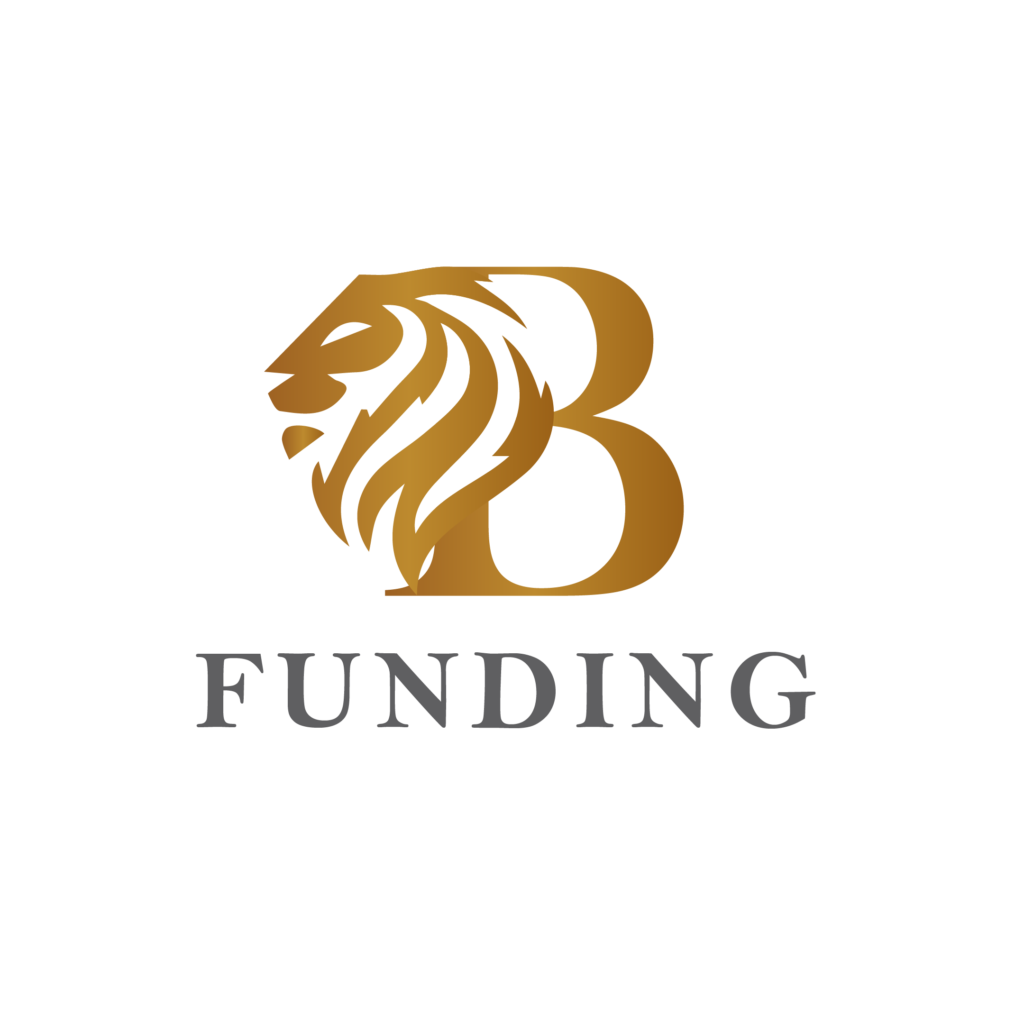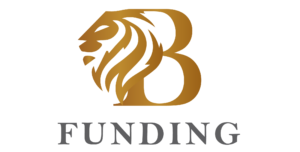Are you a small business owner looking to secure a loan to grow your business? If so, you’ve likely come across the terms “fixed loan” and “variable loan” in your research. But what do these terms actually mean, and which one is right for your business? Fear not, dear reader, for I am here to guide you through the confusing world of small business loans.
A fixed loan is just what it sounds like – the interest rate is fixed for the entire term of the loan. This means your monthly payment will remain the same, making it easier to budget for your business expenses. On the other hand, a variable loan has an interest rate that can fluctuate over time, meaning your monthly payment could go up or down depending on market conditions.
In this blog post, we’ll break down the differences between fixed and variable loans. We’ll also dish out some real-life examples and personal anecdotes to help you make the best choice for your business. So sit tight, grab a snack, and let’s dive into the world of small business loans.
Understanding Fixed Loans:
Fixed loans are a popular type of loan for small businesses because they offer stability and predictability. In simple terms, a fixed loan is a loan where the interest rate stays the same for the entire term of the loan. This means that your monthly payment will also remain the same, making it easier to budget for your business expenses.
Advantages and Disadvantages of Fixed loans:
One of the main advantages of a fixed loan is the predictability it provides. With a fixed loan, you know exactly how much you’ll be paying each month, which can make it easier to plan for the future. This can be especially helpful for small businesses that have limited cash flow and need to carefully manage their expenses.
Another advantage of fixed loans is that they are often easier to understand than variable loans. With a fixed loan, you don’t need to worry about fluctuations in the market or changes to interest rates. You can simply focus on making your monthly payments on time and building your business.
However, fixed loans do come with some potential downsides. For example, if interest rates go down after you’ve taken out a fixed loan, you won’t be able to take advantage of the lower rates unless you refinance your loan. Additionally, if you’re locked into a long-term fixed loan and interest rates go up, you could end up paying more than you would with a variable loan.
Example of a Loan with a Fixed Interest Rate
To give you a better idea of how fixed loans work, let’s take a look at an example. Imagine you own a small bakery and you want to take out a $50,000 loan to expand your business. You apply for a fixed loan with a 5% interest rate and a term of 5 years. With a fixed loan, you know that your monthly payment will be $943.33 for the entire 5-year term, making it easier to plan and budget for your business expenses.
Understanding Variable Loans:
If you’re considering taking out a small business loan, it’s important to understand the different types of loans available to you. One common type of loan is a variable loan, which has an interest rate that can fluctuate over time.
Variable loans are also known as adjustable-rate loans, and they are a popular choice for many small businesses because they can offer lower interest rates initially than fixed-rate loans. However, they come with more risk because the interest rate can go up or down depending on market conditions.
Advantages and Disadvantages of Variable Loans:
One advantage of variable loans is that they can offer more flexibility than fixed-rate loans. If interest rates are expected to go down in the future, you may be able to take advantage of lower rates and save money on interest payments. Additionally, some variable loans may have a cap on how much the interest rate can increase, which can help limit your risk.
However, variable loans can also be more unpredictable and harder to budget for than fixed-rate loans. If interest rates rise, your monthly payments could increase, which could put a strain on your business’s finances. Additionally, if you have a variable loan with a cap, you may not be able to accurately predict how much your payments will increase in the future.
Example of a Loan with a Variable Interest Rate:
An example of a small business loan with a variable interest rate might be a line of credit from a bank. The interest rate on the line of credit can fluctuate based on market conditions, which means that your monthly payments could also change over time. However, a line of credit can offer flexibility and allow you to access funds as needed, which can be helpful for businesses with fluctuating cash flow.
It’s important to carefully consider the pros and cons of variable loans before deciding if they are right for your small business. As with any financial decision, it’s a good idea to consult with a financial advisor or lending expert to help you make the best decision for your specific needs.
Comparison of Fixed and Variable Loans:
When it comes to financing your small business, choosing between fixed and variable loans can be a tough decision. Both options have their pros and cons, and it’s important to understand the differences so you can make an informed choice.
First, let’s define fixed and variable loans. A fixed loan has an interest rate that stays the same throughout the life of the loan, whereas a variable loan has an interest rate that can fluctuate over time. The interest rate on a variable loan is usually tied to a benchmark rate, such as the prime rate, and will rise or fall with changes in that rate.
Fixed loan vs Variable loan:
One advantage of a fixed loan is that it offers predictable payments. You’ll know exactly how much you need to pay each month, which can make budgeting easier. In addition, if interest rates rise, you won’t be affected since your rate is locked in. However, the downside is that if interest rates fall, you won’t be able to take advantage of the lower rates unless you refinance.
On the other hand, variable loans offer the potential for lower rates, which can save you money in interest charges over time. However, because the interest rate can fluctuate, your payments may also vary, making budgeting more challenging. In addition, if interest rates rise, your payments will increase as well, which can be a burden for some small businesses.
Factors to Consider when Choosing:
When choosing between fixed and variable loans, there are several factors to consider. These include your business’s cash flow, your risk tolerance, and the current interest rate environment. It’s also important to compare the total cost of each loan option, including any fees or charges, to determine which one is the best fit for your business.
Example:
To illustrate the differences between fixed and variable loans, let’s look at an example. Say you’re considering a $50,000 loan for your small business, and you have the option of a fixed loan at 7% interest or a variable loan at prime plus 2%. If the prime rate is currently 4%, your interest rate on the variable loan would be 6%. Over a 5-year term, the total interest paid on the fixed loan would be $13,499, while the total interest paid on the variable loan would be $12,463. However, if interest rates rise and the prime rate increases to 6%, your interest rate on the variable loan would jump to 8%, and the total interest paid would be $15,602.
Conclusion:
When choosing between fixed and variable loans, it’s important to consider factors such as the length of the loan term, your business’s financial situation, and current market conditions. By understanding the advantages and disadvantages of each option and assessing your own needs, you can make an informed decision that best suits your business.
Remember, whether you choose a fixed or variable loan, always make sure to carefully read and understand the terms and conditions of the loan before signing any agreement. By being diligent and informed, you can secure the financing you need to help your business grow and thrive.
I hope this article has provided you with valuable insights and information on fixed and variable loans for small businesses. Don’t hesitate to reach out to a financial advisor or lender for further guidance and support in making the best financing decision for your business.


